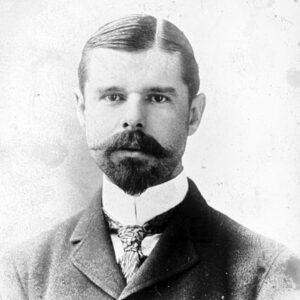 Edwin Gould
Edwin Gould
Entry Category: Business and Economics
 Edwin Gould
Edwin Gould
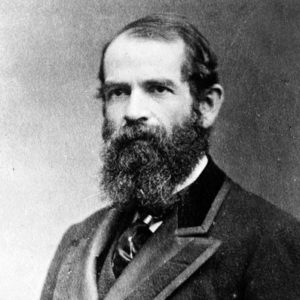 Jay Gould
Jay Gould
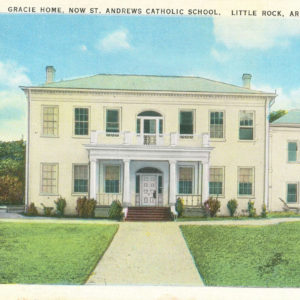 Gracie Home
Gracie Home
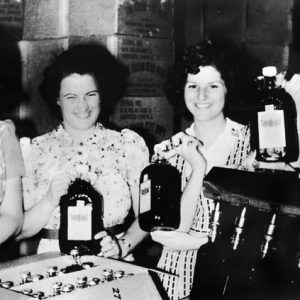 Granata Winery
Granata Winery
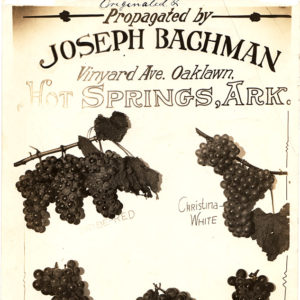 Grape Varieties
Grape Varieties
 Grapette Bottle Cap
Grapette Bottle Cap
 Grapette Bottle Opener
Grapette Bottle Opener
Grapette International, Inc.
 Grapette Patches
Grapette Patches
 Grapette Sign
Grapette Sign
 Graysonia
Graysonia
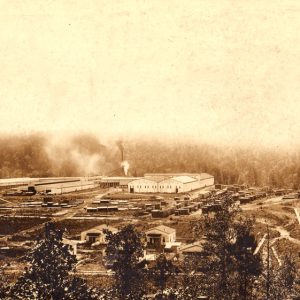 Graysonia Timber Mill
Graysonia Timber Mill
Great Migration
Great Southern Hotel
Great Southwestern Strike
Green Forest Tribune
Green, Benjamin William
 Benjamin William Green
Benjamin William Green
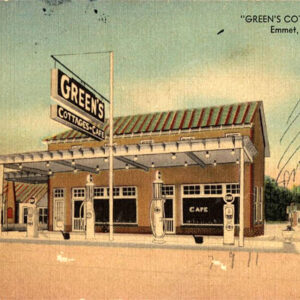 Green's Cottages and Cafe
Green's Cottages and Cafe
Greenway, John Campbell
Greeson, Martin White
Griffin Auto Company Building
Group, The
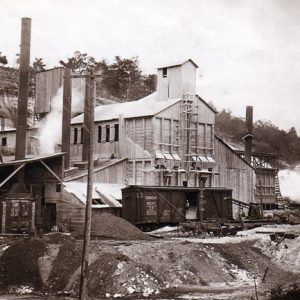 Guion Sand Mine
Guion Sand Mine
 Guion Sand Company
Guion Sand Company
Gulley, Ransom
Gurley, Ottawa (O. W.)
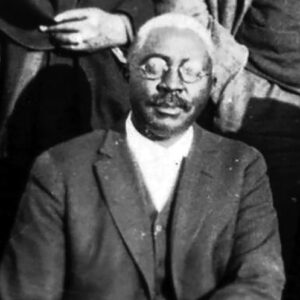 Ottawa (O. W.) Gurley
Ottawa (O. W.) Gurley
Guthridge, Amis Robert
Gwatney, Harold Lloyd
Gypsum Mining
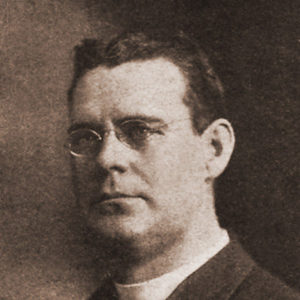 Thomas J. Hagerty
Thomas J. Hagerty
Hagerty, Thomas J.
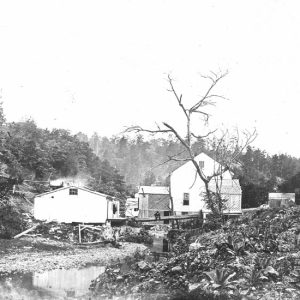 Hale Bath House
Hale Bath House
 Carl Hall
Carl Hall
Hall, David
Hampton, Sybil Jordan
 Sybil Hampton
Sybil Hampton
 Handle Factory
Handle Factory
 Handywagon
Handywagon
Harding, Dexter
Harps Food Stores Inc.
Harris, Carey Allen
 Oren Harris and Others at State Fair
Oren Harris and Others at State Fair
Harrison Railroad Riot
aka: Missouri and North Arkansas Railroad Strike
Harrison, Marcus LaRue
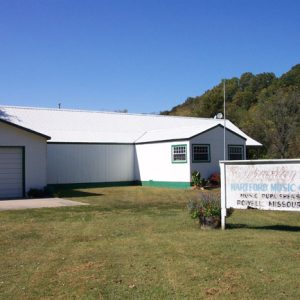 Hartford Music Company and Hartford Music Institute
Hartford Music Company and Hartford Music Institute
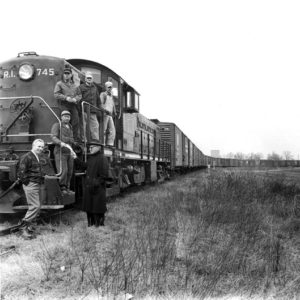 Jake Hartz, Jr.
Jake Hartz, Jr.




